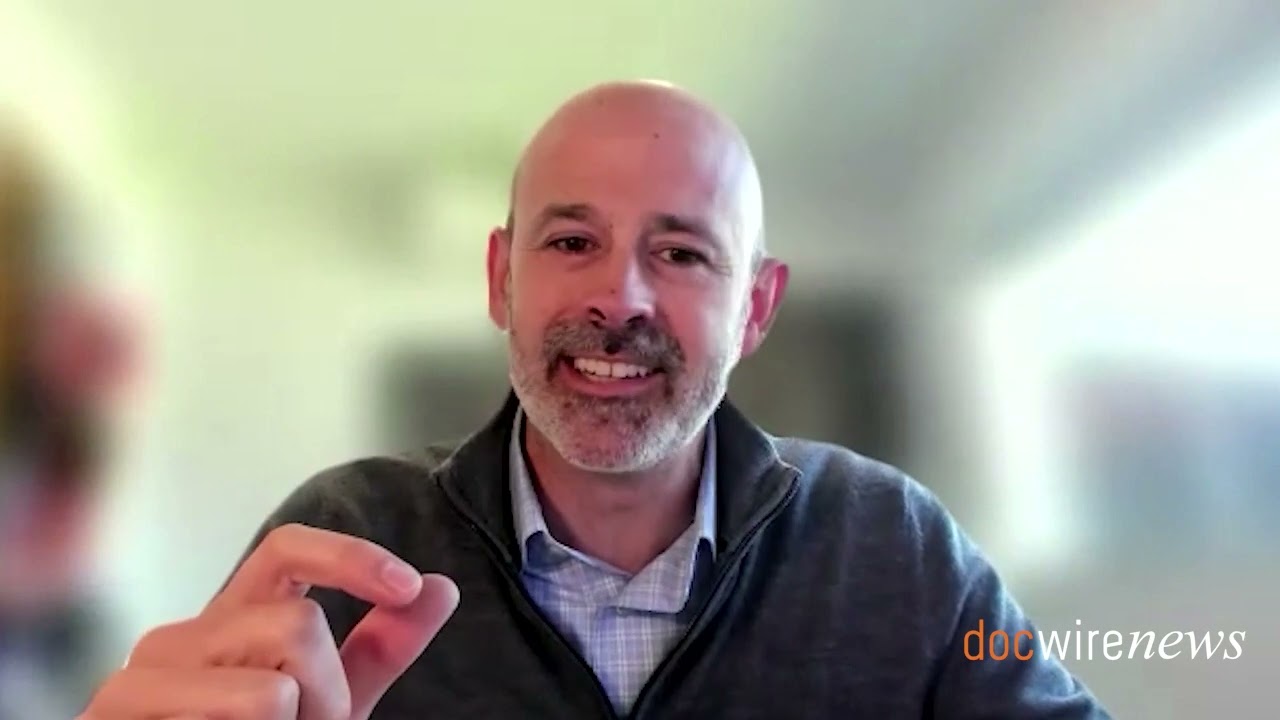
The findings of a new study published in JAMA Network Open suggest that few US physician practices and hospitals screen patients for five key social needs associated with health outcomes, including: food, housing, utilities, transportation, and experience with interpersonal violence.
In this cross-sectional survey analyses, researchers evaluated the responses of 2,190 physician practices, and 739 hospitals to the 2017-2018 National Survey of Healthcare Organizations and Systems. The key endpoints were self-reported answers regarding screening patients for experience with violence, food insecurity, housing stability, utility and transportation needs. All responses were aggregated from survey participants between June 16, 2017, and August 17, 2018.
Insufficient Screening Rates
According to the results of the study, only 24.4% (95% CI, 20.0%-28.7%) of hospitals and 15.6% (95% CI, 13.4%-17.9%) of practices reported screening patients for all five social needs, whereas 33.3% (95% CI, 30.5%-36.2%) of practices and 8.0% (95% CI, 5.8%-11.0%) of hospitals reported no screening. Of the five, screening for interpersonal violence was most common (practices: 56.4%; 95% CI, 53.3% to 2 59.4%; hospitals: 75.0%; 95% CI, 70.1% to 79.3%), and screening for utility needs was least common (practices: 23.1%; 95% CI, 20.6%-26.0%; hospitals: 35.5%; 95% CI, 30.0% to 41.0%) among both hospitals and practices.
Moreover, among practices, federally qualified health centers (yes: 29.7%; 95% CI, 21.5% to 37.8% vs no: 9.4%; 95% CI, 7.2% to 11.6%; P < .001), bundled payment participants (yes: 21.4%; 95% CI, 17.1% to 25.8% vs no: 10.7%; 95% CI, 7.9% to 13.4%; P < .001), primary care improvement models (yes: 19.6%; 95% CI, 16.5% to 22.6% vs no: 9.6%; 95% CI, 6.0% to 13.1%; P < .001), and Medicaid accountable care organizations (yes: 21.8%; 95% CI, 17.4% to 26.2% vs no: 11.2%; 95% CI, 8.6% to 13.7%; P < .001) had higher rates of screening for all needs. Practices in Medicaid expansion states (yes: 17.7%; 95% CI, 14.8% to 20.7% vs no: 11.4%; 95% CI, 8.1% to 14.6%; P = .007) and those with more Medicaid revenue (highest tertile: 17.1%; 95% CI, 11.4% to 22.7% vs lowest tertile: 9.0%; 95% CI, 6.1% to 11.8%; P = .02) were more likely to screen. Furthermore, academic medical centers were more likely than other hospitals to screen (49.5%; 95% CI, 34.6% to 64.4% vs 23.0%; 95% CI, 18.5% to 27.5%; P < .001).
We know social needs influence quality and cost outcomes. But do primary care practices or hospitals engage in routine screening of their patients' social needs?
**New paper thread**
In @JAMANetworkOpen we use new survey data to answer this question. https://t.co/KWgDjz2naG pic.twitter.com/V0E9tntwAi
— Valerie A. Lewis, PhD (@valeriealewis) September 18, 2019
“Practices that serve disadvantaged patients report higher screening rates,” the study authors wrote in their conclusion. “The role of physicians and hospitals in meeting patients’ social needs is likely to increase as more take on accountability for cost under payment reform. Physicians and hospitals may need additional resources to screen for or address patients’ social needs.”
The authors also wrote that: “We believe systematic use of screening is a required first step to attend to social needs and improve health; addressing resource barriers, such as time, information, and money, may be a key element in supporting physicians and hospitals in efforts to screen patients for social needs.”
60% of U.S. hospital leaders report their hospital “has a system in place” to screen for housing instability. Obviously that covers a whole range of actual implementation — but nonetheless highlights that #housingishealthcare is widely recognized. See 👇 for more on the study. https://t.co/uAAGGq9QI2
— Kelly Doran MD MHS (@KellyMDoran) September 18, 2019
New at @JAMANetworkOpen: Prevalence of Screening for Food Insecurity, Housing Instability, Utility Needs, Transportation Needs, and Interpersonal Violence by US Physician Practices and Hospitals https://t.co/DPAVJQBMGs
— Doug McVay (@dougmcvay) September 18, 2019







 © 2025 Mashup Media, LLC, a Formedics Property. All Rights Reserved.
© 2025 Mashup Media, LLC, a Formedics Property. All Rights Reserved.